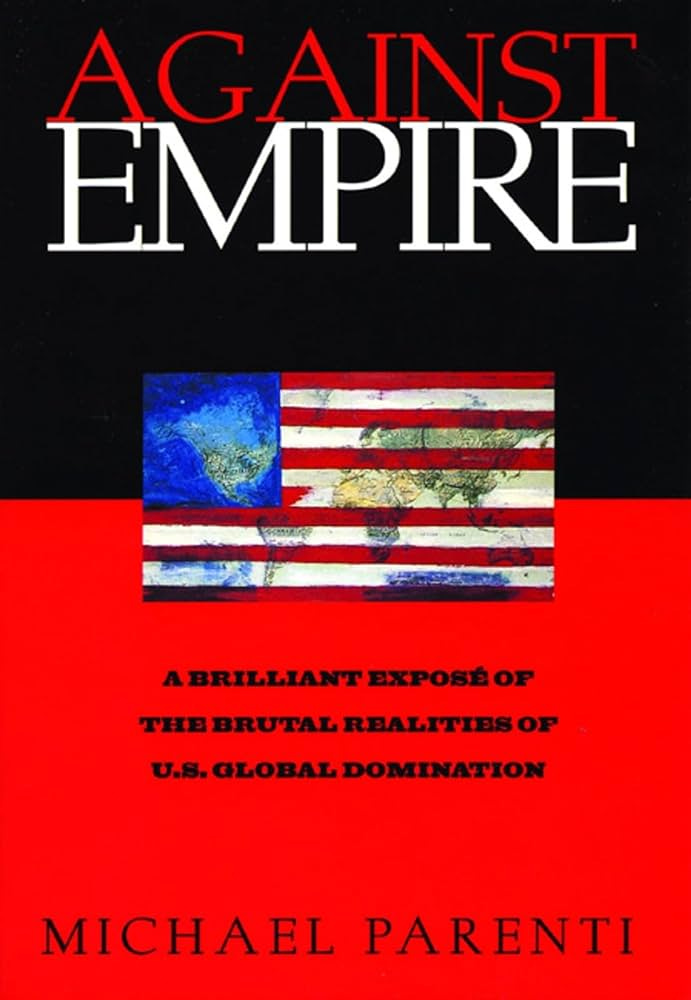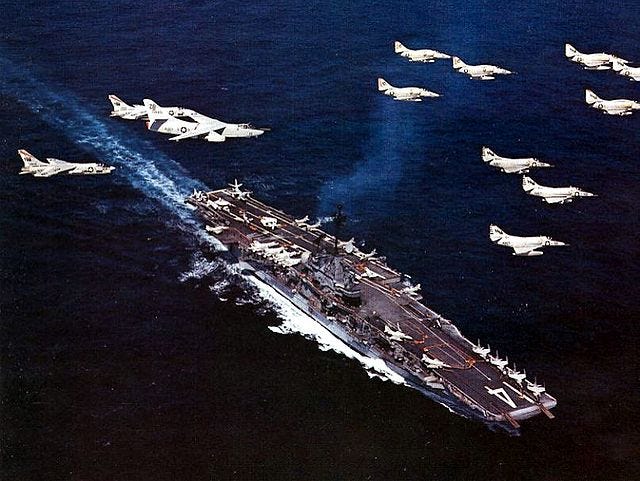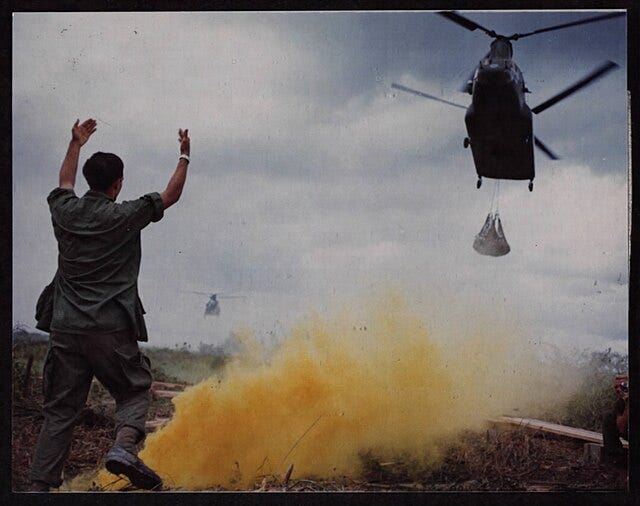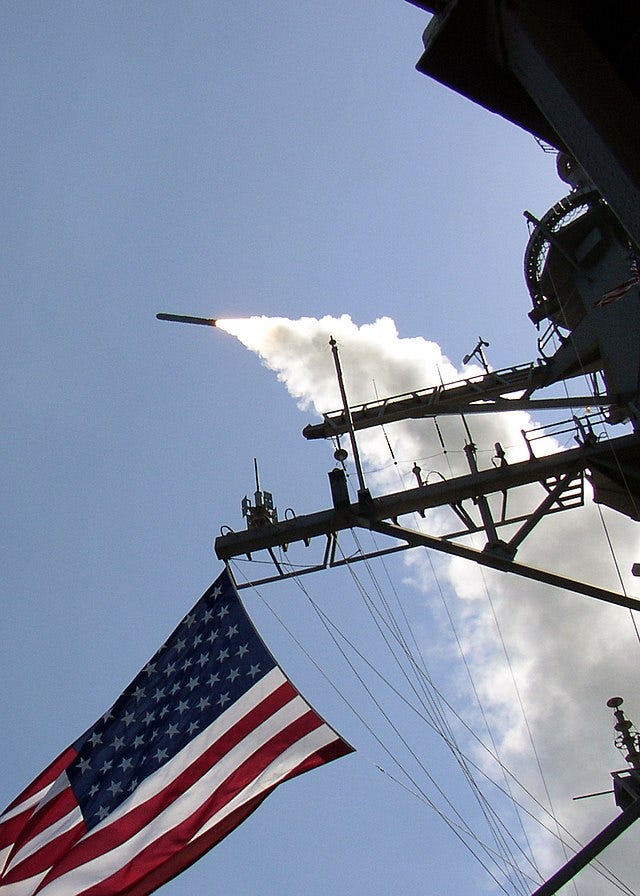Why did the US lose the War in Vietnam?
The Vietnam War cost 58,000 American lives; more than 300,000 were wounded. Estimates of Vietnamese killed, fighters and civilians combined, range between 1 and 3.9 million. People are still dying from the US war in Vietnam – more than 40,000 have died since 1975 from unexploded ordinance. Long-forgotten artillery shells and phosphorus bombs still explode and kill innocent people to this day. It’s estimated that 5 million people were exposed to more than 20 million tons of Agent Orange and other chemical weapons dropped over the jungles of Southeast Asia. To this day millions still live with birth defects and long-term psychological and neurological problems.
The US spent close to $140 billion on military expenditures between 1965 and 1974 – more than 10 times what was spent on all levels of education and 50 times what was spent for housing and community development during the same time frame – but Congressional estimations suggest that the overall cost between the end of World War II and 1975 may have been as much as $1 trillion. The CIA estimated that in just the air war portion of the conflict cost the US $6.60 for every $1 of damage inflicted on North Vietnam.

Why did the US fight the Vietnam War? It’s rarely discussed today but one of the most dominant domestic policy issues of the 1950s was known as the “loss of China.” As Noam Chomsky points out the phrasing alone is worth noting, “You can only lose something if you own it. It was just taken for granted: We possess China — and if they move toward independence, we’ve lost China.” According to critics like Wisconsin Senator Joseph McCarthy it was “those Communists and queers” in the US State Department who allowed China to slip out of the US orbit – as opposed to the civil war led by Mao Zedong against Chiang Kai Shek that involved millions of Chinese. The word we are searching for here is “hegemony.” American hegemony is the domination of other countries by the United States. At the end of World War II, the United States was the richest and most powerful nation on earth – able to dictate terms to pretty much any country anywhere. The “loss of China” was the first major setback in American foreign policy after the war.
Domino Theory is popularly accepted as the main reason why the Vietnam War was fought. Domino Theory says that if Vietnam was allowed to “fall” to the communists as China had that Indonesia or the Philippines or even Japan could also fall in quick succession. What people misunderstand about this analysis is why communism was viewed as a threat. The shorthand says that communist nations were repressive and that because America valued freedom and self-determination, repressive communist nations could not be tolerated. The real reason that communist nations were a threat is that they valued self-development over foreign capital penetration. Communist nations were primarily interested in developing their domestic economies and were done letting Western nations extract natural resources like they had during the colonial period.
Countries like the USSR and to a lesser extent China represented an alternative economic system that was a threat to ruling class interests in the United States. As Michael Parenti points out, the goal of Anti-communist ideologues like Joseph McCarthy was to prevent any alternative systems from ever “challenging the hegemony of global capitalism.” The US agenda leading up to the Vietnam War was to spread its version of capitalism to every corner of the earth. That’s why, even though Ho Chi Minh viewed the US as an ally at the end of World War II and was inspired by American history, there was no way the US was going to let him develop an independent nation in Vietnam. The US could not tolerate a successful independent nation in Southeast Asia or any place else because their example could spread like a virus (or topple like dominos if you prefer) across the globe – a danger to US hegemony. It doesn’t matter that the French were the ones extracting resources from Vietnam instead of the US. The point was to keep small nations like Vietnam within the Western capitalist system. After the Vietnamese successfully defeated the French it was necessary for the US to step in and discourage any other countries from following Vietnam’s example or getting any wise ideas about their own independence.

It is for this reason that the full might of the US military had to rain down on Vietnam. There could be no question about how far the United States would go to preserve its hegemonic power. Noam Chomsky has argued that the US War in Vietnam was actually a victory when viewed from this perspective. He’s not wrong. But here we must make a distinction between military victory and ideological victory. What Chomsky is talking about is the broader ideological goal to preserve American hegemony and discourage other Asian nations from charting their own path. Chomsky says that when Indonesian dictator Muhammad Suharto successfully overthrew the left-leaning President Sukarno, the spread of independence in Southeast Asia was effectively stopped. Of course, that was in 1967 and the US kept fighting until 1973. It’s true that neither Japan nor any of the rest of Southeast Asia went communist after the Vietnam War. Yet even if you are willing to accept that the ideological goal of the War in Vietnam was achieved, it was still a military defeat for the US.
Industrial-scale warfare never convinced the Vietnamese to stop fighting. Mass production of enemy body count never forced the Vietnamese to lose their resolve. Warfare is not a simple mathematical equation. High body counts would ever have made the Vietnamese people accept the government of South Vietnam and just go back to the old landlord system. There was no way millions of Vietnamese would voluntarily move into Strategic Hamlets that looked and felt like POW camps. When it comes down to it Ho Chi Minh was offering land reform to the peasant population while the United States was trying to force them back into colonialism. The Vietnamese people have been fighting foreign invaders for millennia. The American conception that a war of attrition could convince the Vietnamese to surrender was pure folly. The US was not going to win “hearts and minds” using these strategies. As Gibson writes, “A government may well have the production capacity to destroy a peasant economy with is bombing attacks and provide refugees with modern consumer goods, but this does not imply that the government can force these refugees to believe in the moral worth of such a government.”
Unfortunately, the US military never got the message. In the eyes of battlefield commanders there was rarely a direct military confrontation that the US wasn’t able to win with overwhelming force. The best the American war machine could ever get, however, was a stalemate. As David Halberstam describes in his book The Best and the Brightest, US military superiority was checked by Saigon’s political superiority: “… we could win any set-piece battle we wanted, but the other side could easily replenish their battlefield losses whenever they wanted.”
Because there was no dramatic battlefield humiliation like Dienbienphu for the US, the officer corps perceived defeat in Vietnam as someone else’s fault. Many self-serving explanations have been developed for why the US lost the war. Mass media and the antiwar movement are frequently blamed for creating disenchantment on the home front. It is further reasoned that because the public didn’t have the stomach for it, civilian war managers like Presidents Johnson and Nixon or Henry Kissinger or Robert McNamara formulated policies of “self-imposed restraint.” According to this reasoning, dropping more than four times as many bombs in Southeast Asia than were dropped in World War II is what the US does when it’s holding back. Using chemical weapons, burning down villages, mass extermination of at least one million people – this is seen as restraint. Some argue that the US should have done like Pope Innocent III’s envoy to Simon de Montfort’s crusaders advised just before the Beziers Massacre: “Kill them all. Let God sort them out.” These explanations serve military interests because they imply that the only answer for future conflicts are to increase military budgets and loosen the rules of engagement. If the US lost in Vietnam because it didn’t go hard enough, a bigger military is the only logical way to win.
Technowar, the scientific rationalization of warfare, is still with us. It is the direct inspiration for “Shock and Awe” campaigns that were used during the 2004 invasion of Iraq. Hit the enemy hard and force them to give up hope. When technowar strategies later foundered US commanders in Iraq and Afghanistan developed a greater fondness for counterinsurgency (COIN) strategies cribbed from another French colonial defeat – this time in Algeria. But industrial war production ideas and techniques are still very much alive. In fact, they are being used right now in the United States against the American public. We call it the War on Drugs.
Let’s make them pay.



















Share this post